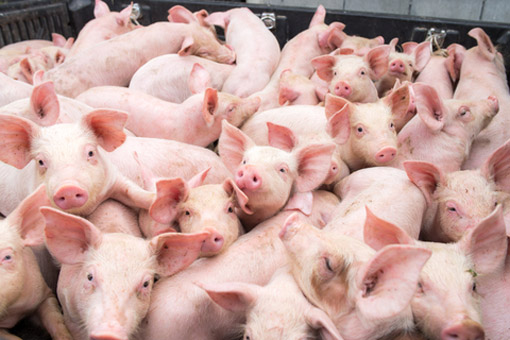Demand remains a primary challenge that could impact the U.S. pork market in 2024

Steiner and Company and the National Pork Board assessed the prospects and challenges facing the American pork industry in 2024.

Hog slaughter at 2.7 million last week was the highest for the year and this has resulted in ample supply in the market. Impact on pricing, however, varies greatly depending on both domestic and export demand.
Good demand from Mexico and robust sales for the holiday season are supporting bone-in prices, although they are still below year ago levels (supply effect). Prices normally move lower in the second half of December.
Ample supply is also keeping the price of pork trim and pork bellies under pressure. Frozen trim prices are still quite high, however, since packers are not willing or able to do boxing and freezing.
Packers are also cutting fewer spareribs into St Louis style packages, resulting in fewer brisket bones and higher prices.
Loin prices, especially boneless loins, continue to be well supported on good domestic and export demand.
Forecast for 2024
Wholesale pork demand has declined dramatically vs. 2021 and 2022 and our current forecasts for pork cutout in 2024 also assume a similar level of demand. Current estimates are for a modest increase in US domestic per capita consumption. However, the price increase is well below the expected level of inflation.
What is your 2024 outlook for the pork industry?
From a supply perspective, we expect very modest growth if anything at all. It has been a very unprofitable year for producers, and usually there is a lag in terms of the supply response. We think the breeding herd on December 1 will be about 1.3 – 1.5% lower than the previous year. Productivity gains have offset the reduction in the breeding herd so far. Increased competition from chicken at retail and a slowdown in economic activity is problematic from a demand perspective.
The post-COVID demand bump (2021/2022) all but disappeared in 2023 and is unlikely to be repeated in 2024.
Our expectation is for wholesale prices to be higher than they were in 2023 but the forecasted wholesale prices are not expected to be robust enough to support expansion. Despite lower grain prices, margins are expected to be thin and inefficient producers will have an uphill climb.
What do you anticipate as the biggest obstacles regarding profitability in 2024?
Demand remains the biggest challenge in our view. The obstacles created by Proposition 12 in California and Question 3 in Massachusetts have not gone away and have the potential to negatively impact sales in 2024. Our understanding is that the supply of compliant pork continues to fall short of potential sales. Export demand is also problematic with more competition from Brazil and punishing tariffs in China. The slowdown in global economic growth and higher odds of recession further cloud the profitability outlook.
African Swine Fever has not gone away. China and counties in Southeast Asia have learned to live with it and major European pork producers (Denmark, Spain, France) have managed to keep it at bay. But it’s knocking on their door. This has the potential to significantly impact demand for US pork.
The global economy is slowing down as higher interest rates start to bite. About two thirds of the growth in US pork production the last two decades is due to higher exports. Exports have been and will continue to be a key driver for change. Often producers tend to focus on supply but demand, both in domestic and particularly export markets, has the potential to be a significant driver.
SOURCE: meatinfo by swineweb materials